Mmm, nail polish remover. That sweet-smelling elixir — wait, sorry. I was sniffing my nail polish remover and I blacked out for a minute. We all know this pungent beauty staple definitely does not smell sweet. But the same chemical that provides its trademark unpleasant scent is what makes it great at cleaning dirt, grime, scuffs and stains off many surfaces in your home: Acetone.
This colourless, flammable liquid is a solvent that dissolves substances such as paint, varnish, or grease. Which makes that $5 purchase a jack-of-all-cleaning trades around the house, capable of wiping away all manner of goo, oil, residue beyond that layer of “Louvre Me, Louvre Me Not” nail colour on your digits.
If you wear gloves, crack a window for proper ventilation, and never use it near a flame or heat, this versatile, inexpensive liquid can be safely used for much more than mani-pedis.
Remove floor scuffs
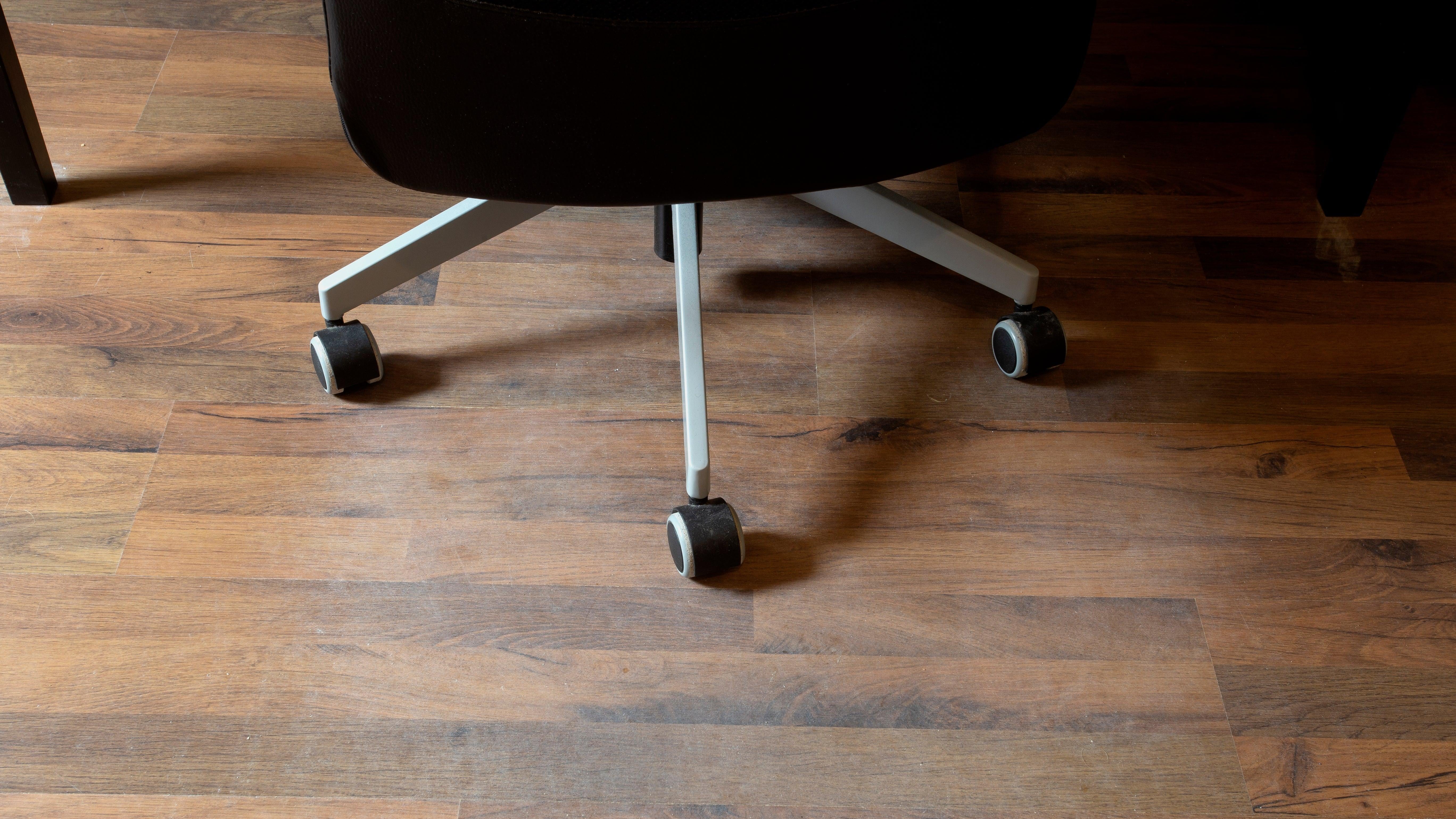
When your floors start to look like they’ve taken a beating from all that foot traffic (or are blemished with paint splotches, crayon, chair wheel marks, or Sharpie), dampen a paper towel or rag with nail polish remover and use it to lift dirt and shoe marks on tile, vinyl and laminate floors. Don’t use on wood, as it can damage the protective finish.
Refresh stained china
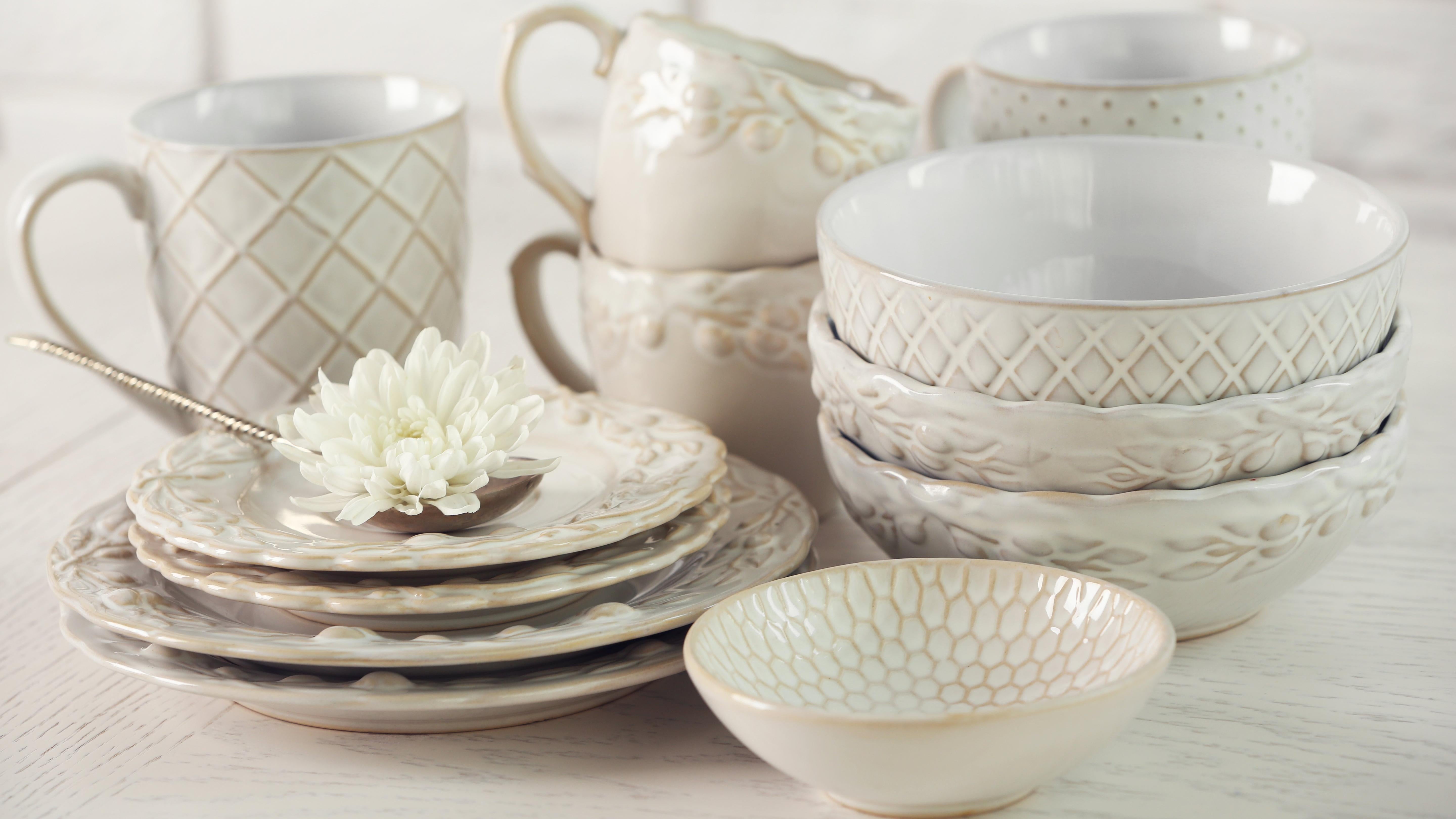
Our china is often a reminder of our wedding day or a relative who took great care to preserve it so it could be passed down to us. It’s special, beautiful, often expensive — and has a tendency to stain. Soak an old cloth in nail polish remover and gently rub over coffee and tea stains on china to restore it to its original glory. Follow with a regular soap and warm water washing. (Avoid using on gold filigree or decorative patterns which it may damage.)
Remove permanent marker
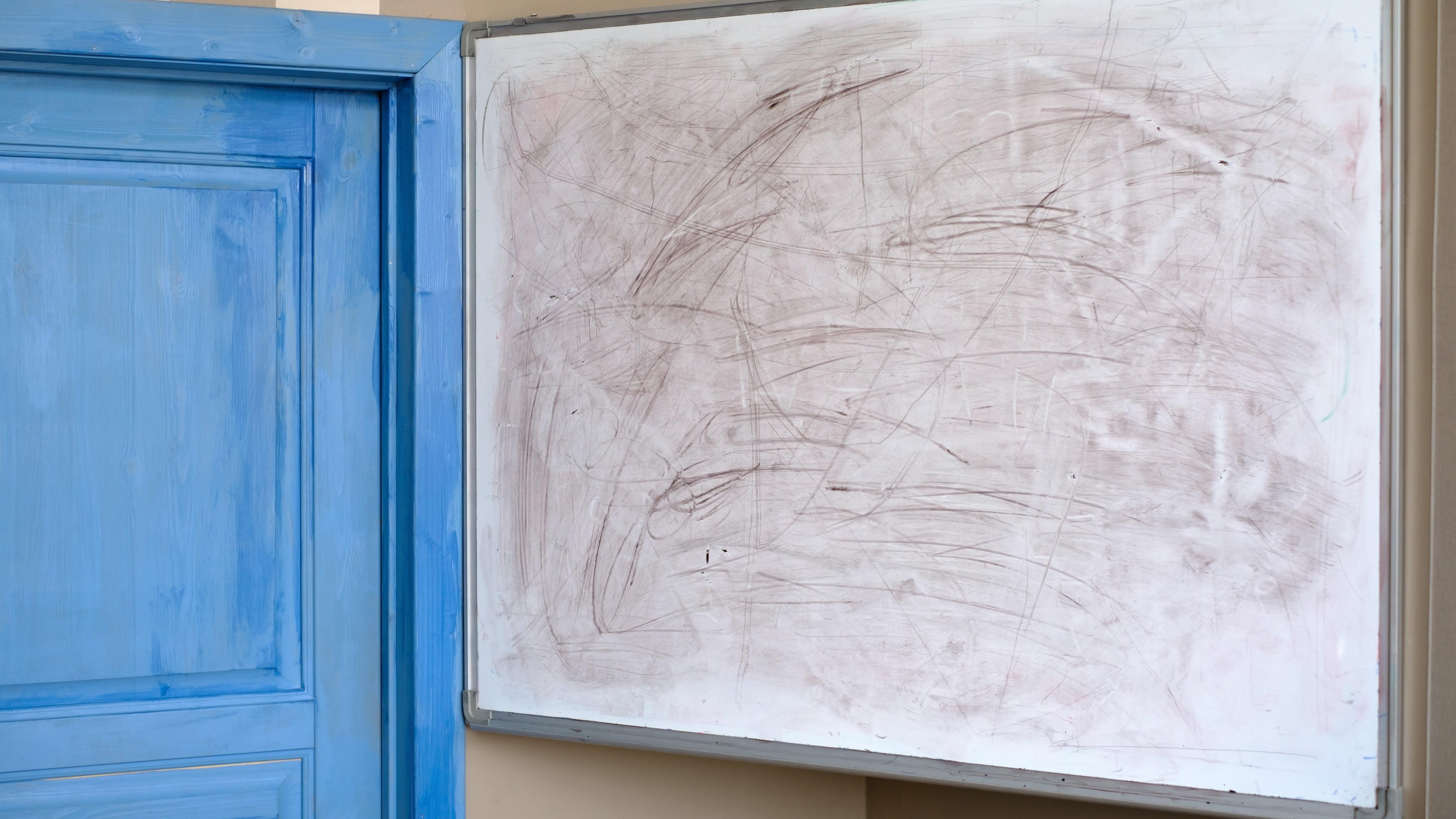
When my kindergartener came home with a dry erase board jacked up with permanent marker on the last day of school, I promptly chucked it into a cabinet and forgot about it. All summer. Come September, when I tried seven different suggested methods of removing the marker — from hand sanitizer to bug spray — the best technique was nail polish remover, hands down. When applied with a cotton ball, it easily lifted the marker and rendered the board re-usable for first grade. (This technique also works for permanent marker stains on hands and walls.)
Cut through Super Glue
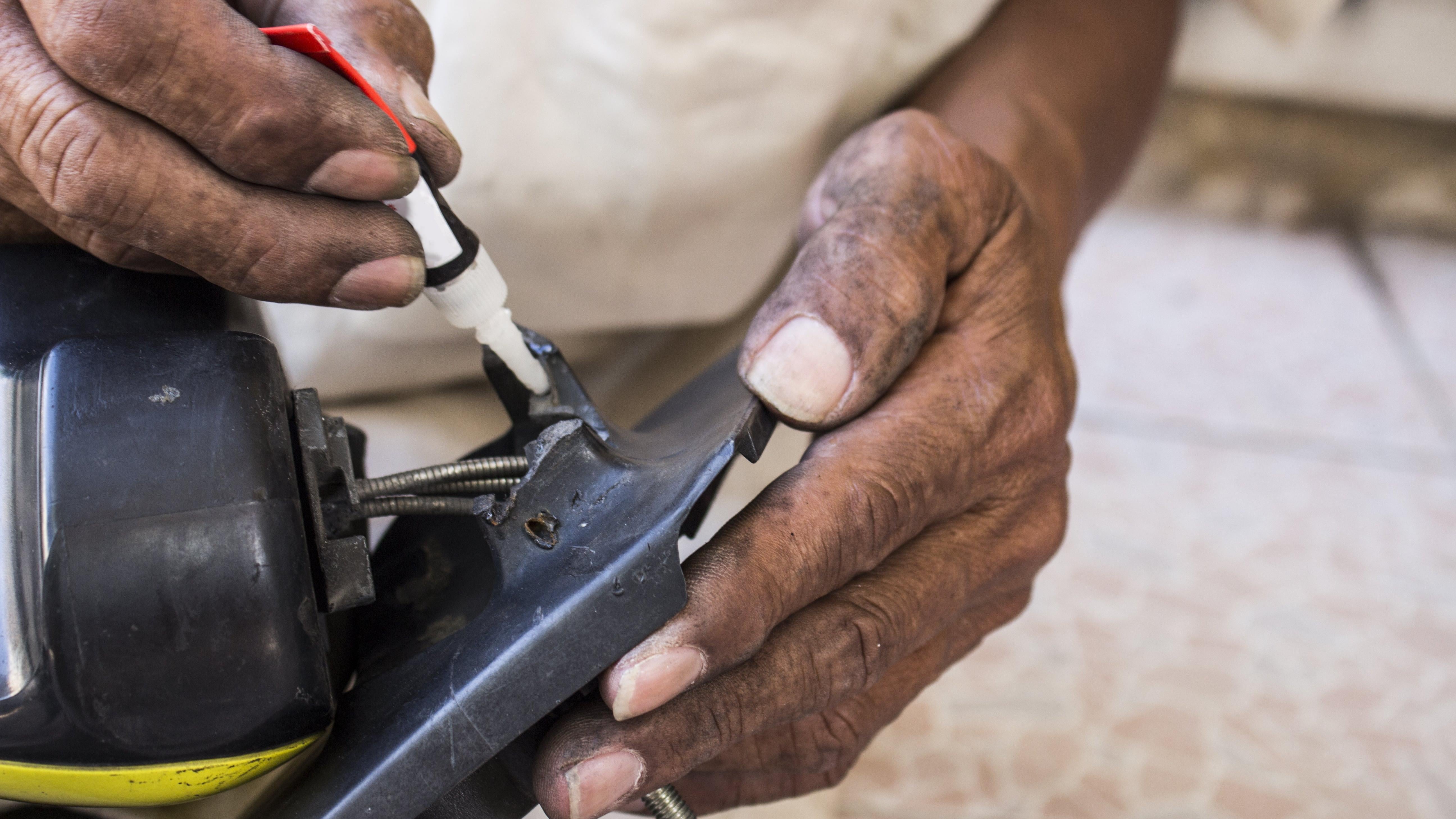
While it was fun to peel glue off your hands as a kid, getting a mess of Super Glue on them as a full-grown adult is a different story. If you reach that frightening moment when your fingers are hopelessly stuck together with no sign of separation, don’t panic. Instead, reach for the nail polish remover and feel relief as it quickly dissolves the heavy-duty adhesive. (This trick also works when the Super Glue cap is stubbornly stuck to the tube and won’t open.)
Disinfect grooming essentials
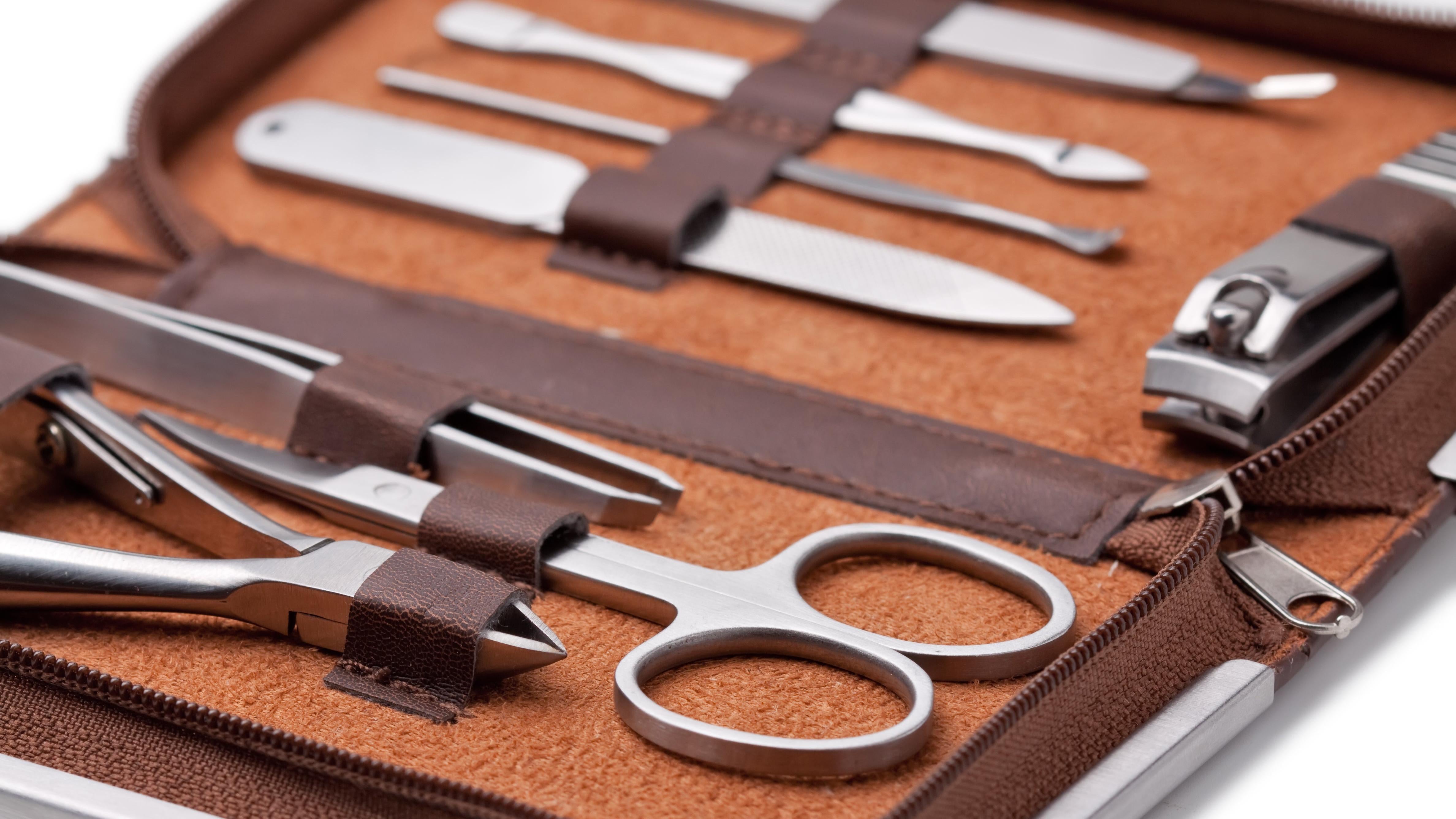
If you run out of rubbing alcohol, nail polish remover can be used to sanitize and disinfect some of your most-used grooming items. (The primary ingredients, acetone and ethyl acetate, are both disinfectants.) Slide a cotton-ball doused in nail polish remover, or simply allow tweezers, nail clippers, razors, and safety pins to soak in the solvent for one to five minutes. (Yes — safety pins. When used judiciously, they have unparalleled, low-impact pimple popping power.) It’s also effective at removing sticky residue from haircare products such as brushes, hairdryers, and flat irons.
Spruce up your watch
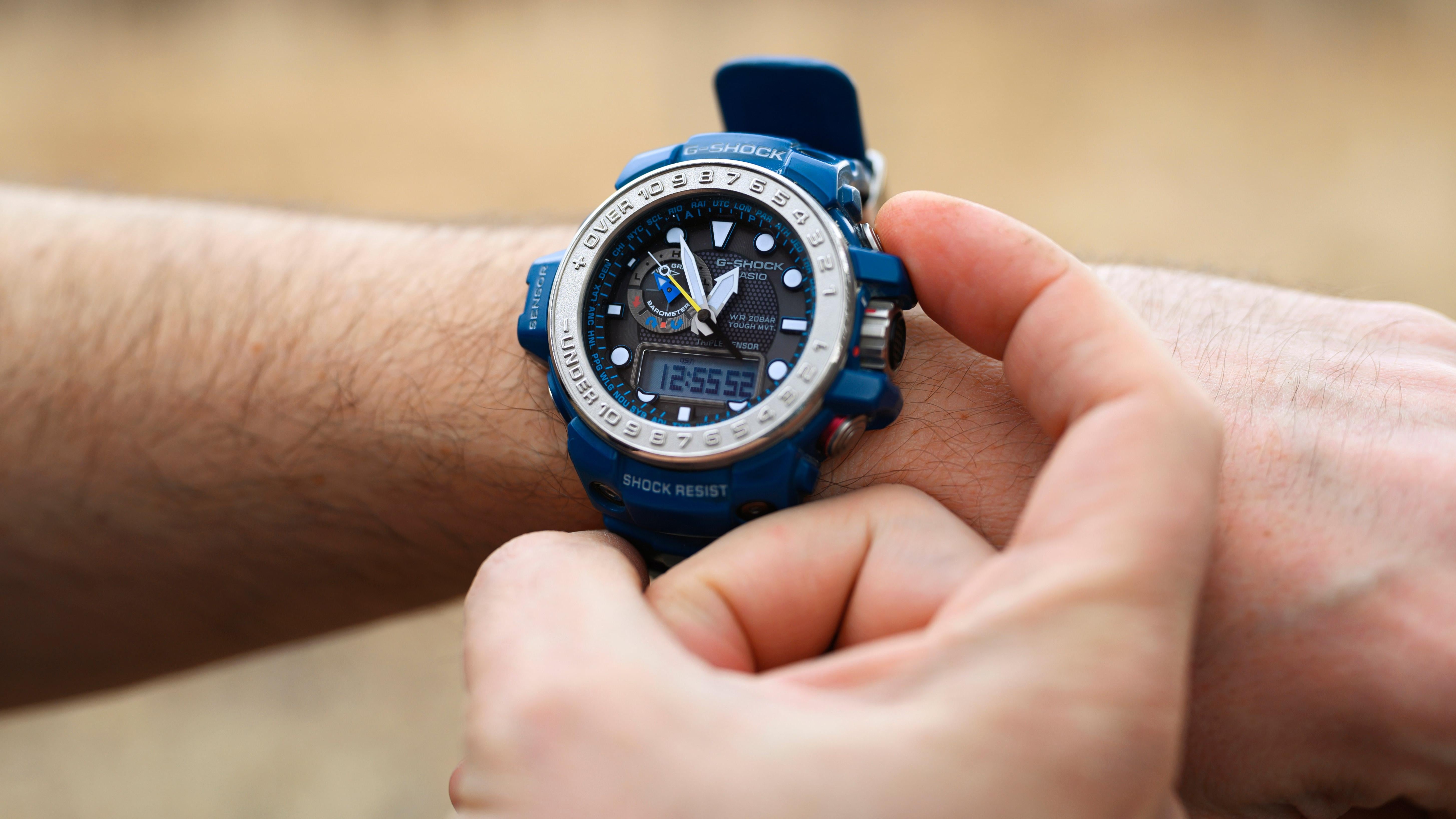
If your watch has a plastic face, and that face has accumulated a bevy of minor cuts and scratches making it look worse for wear, nail polish remover to the rescue. Dip a Q-tip or cotton ball in the solvent and apply to the dings in your watch face. The key here is to apply enough to smooth out the surface, but not so much that it eats a hole in the plastic. (Skip the vigorous scrubbing.)
Remove stickers

If you’ve ever babysat, taught, or parented children, chances are, you’ve had to deal with one sticker explosion or another. (And by “explosion,” I mean deliberate affixation of dozens of stickers in unsanctioned, hard-to-remove places.) When you find yourself needing to remove stickers with the smallest amount of elbow grease possible, nail polish remover is the answer. Simply douse a cotton ball or wash cloth in the stuff, and rub the offending sticker(s) in a circular motion. (The same goes for price tag residue on just-purchased items.)
Shine patent leather shoes
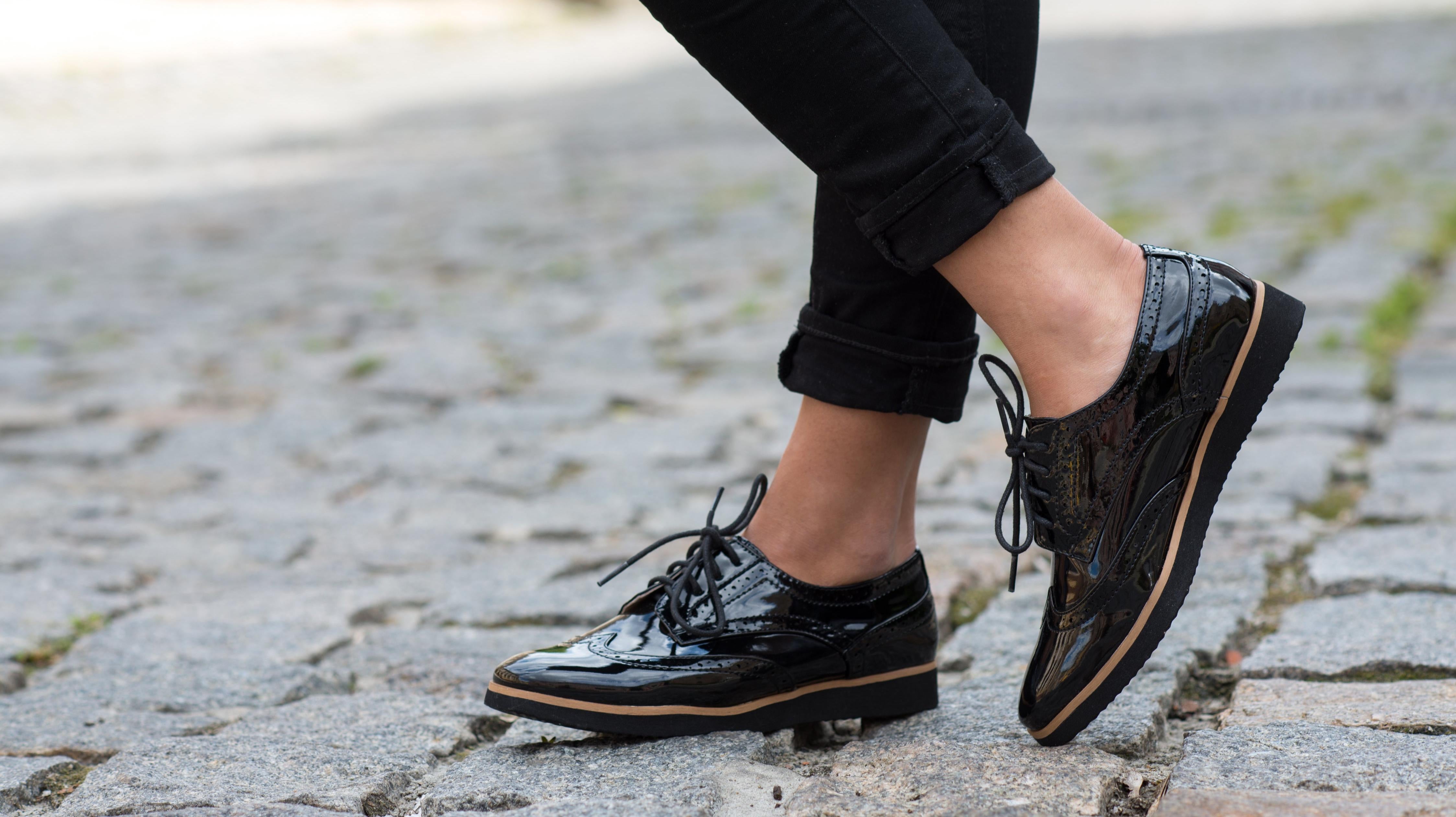
When scuffs or stains on patent leather won’t budge with just soap and water, small amount of nail polish remover is the key to quick restoration. A wash cloth dipped in nail polish remover and applied in a gentle, circular motion can rub stains and scuff marks off with ease. (After first testing a small, inconspicuous area to make sure the remover doesn’t cause damage.)
Wipe off any residue with a damp cloth or leather cleaner, followed by leather conditioning to replenish the natural oils. Just don’t use too much — or apply it too often — as it can break down the coating and dull the surface if overused.
Lift gum from clothes
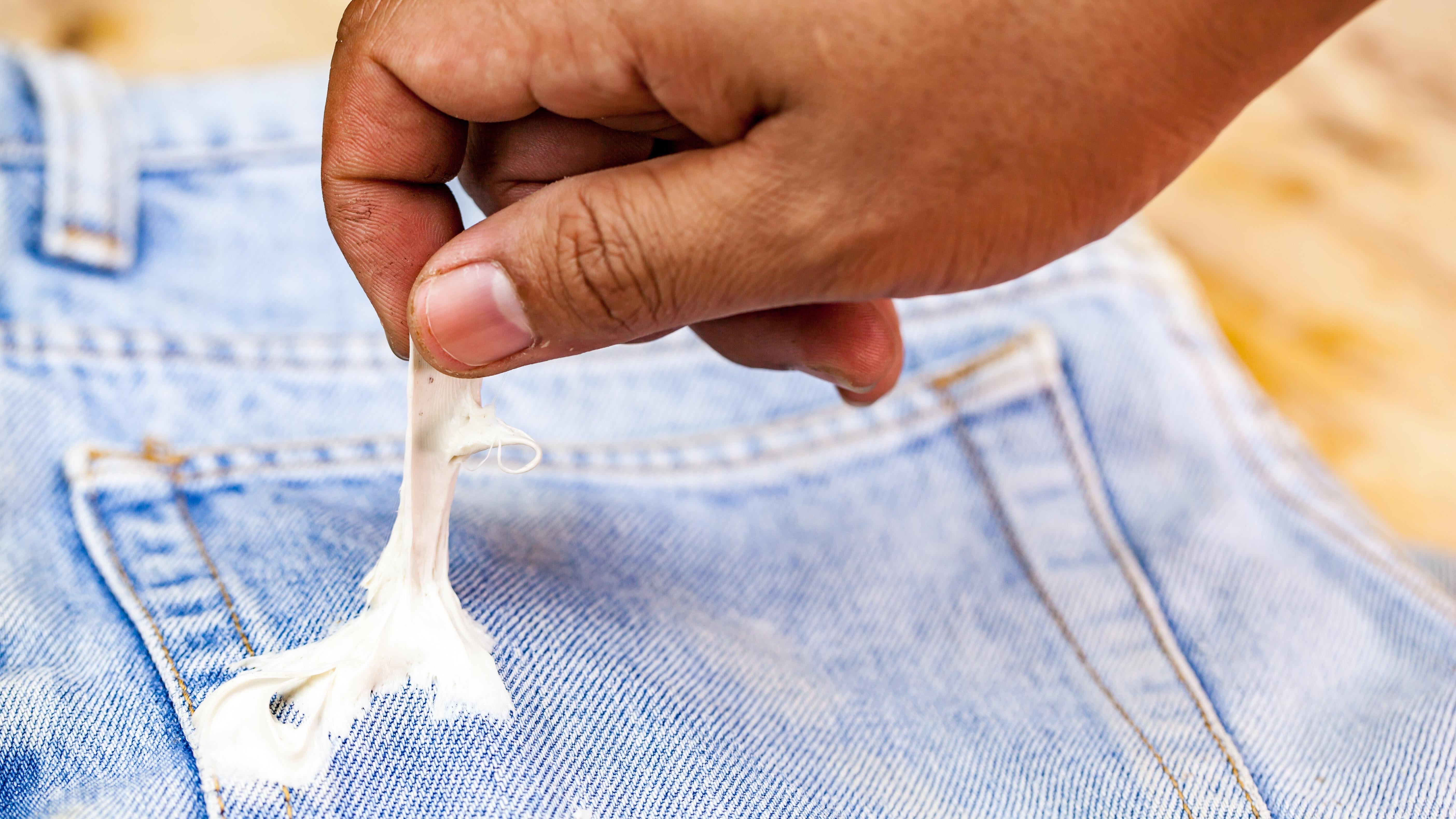
Keep nail polish remover in your arsenal when dealing with gum that gets lodged in clothes or on the bottom of your shoe. The chemicals in polish remover will break down gum, making it easier to scrub away with a toothbrush or lift with a dull knife. First spray or soak the garment with an acetone-based remover, let sit, and rub gently with a sponge or toothbrush. (Always test the remover first on a small hidden area to check for fabric damage.)
Remove paint from windows
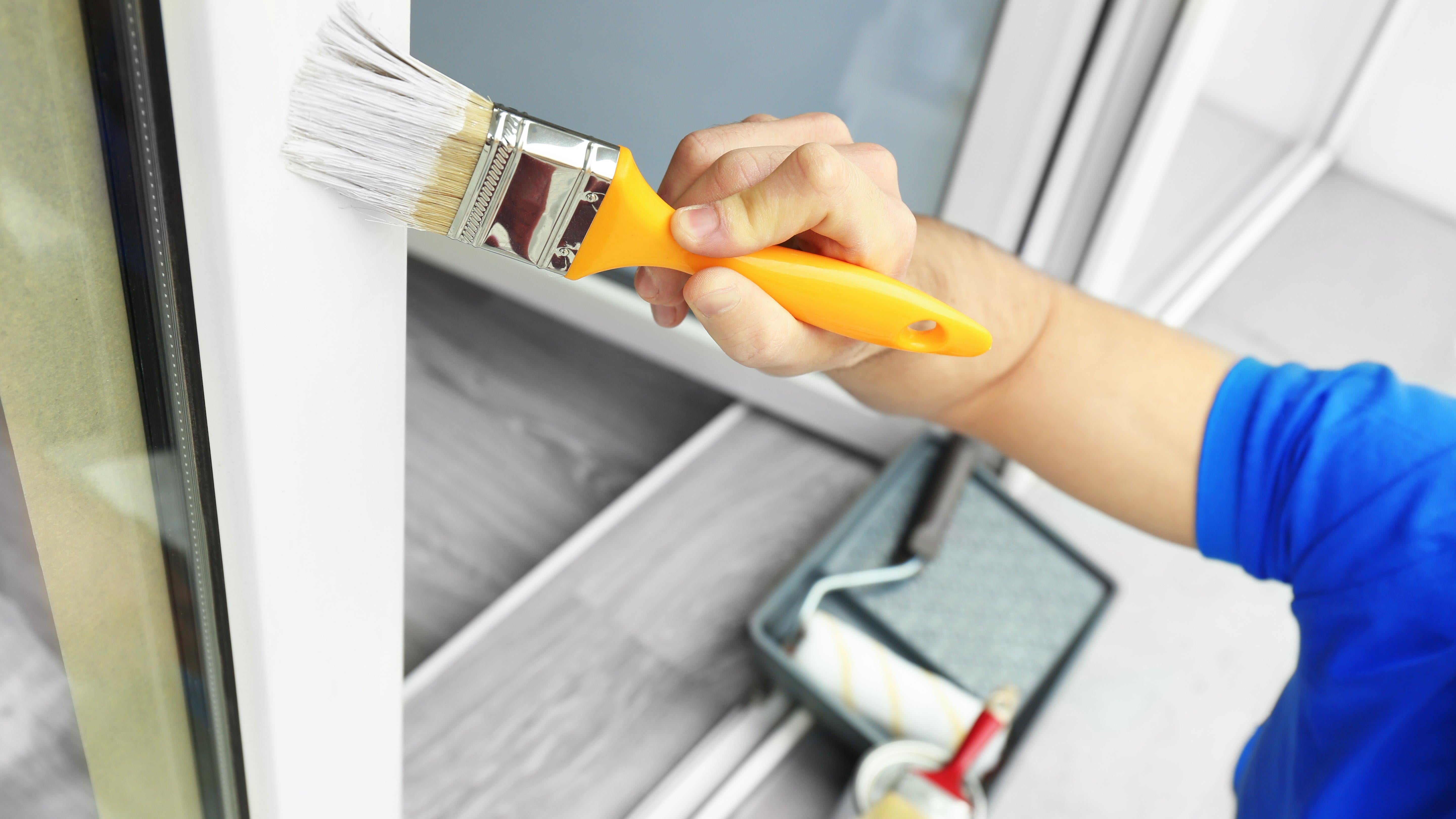
You were a DIY champion and painted the room yourself! Congrats. The only problem is, those few errant paint drops now plaguing the windows in that room you worked so hard on. Not to worry, a cotton ball soaked in nail polish remover is a cheap, effective way to remove any evidence that the room wasn’t painted by a professional.
Clean your keyboard
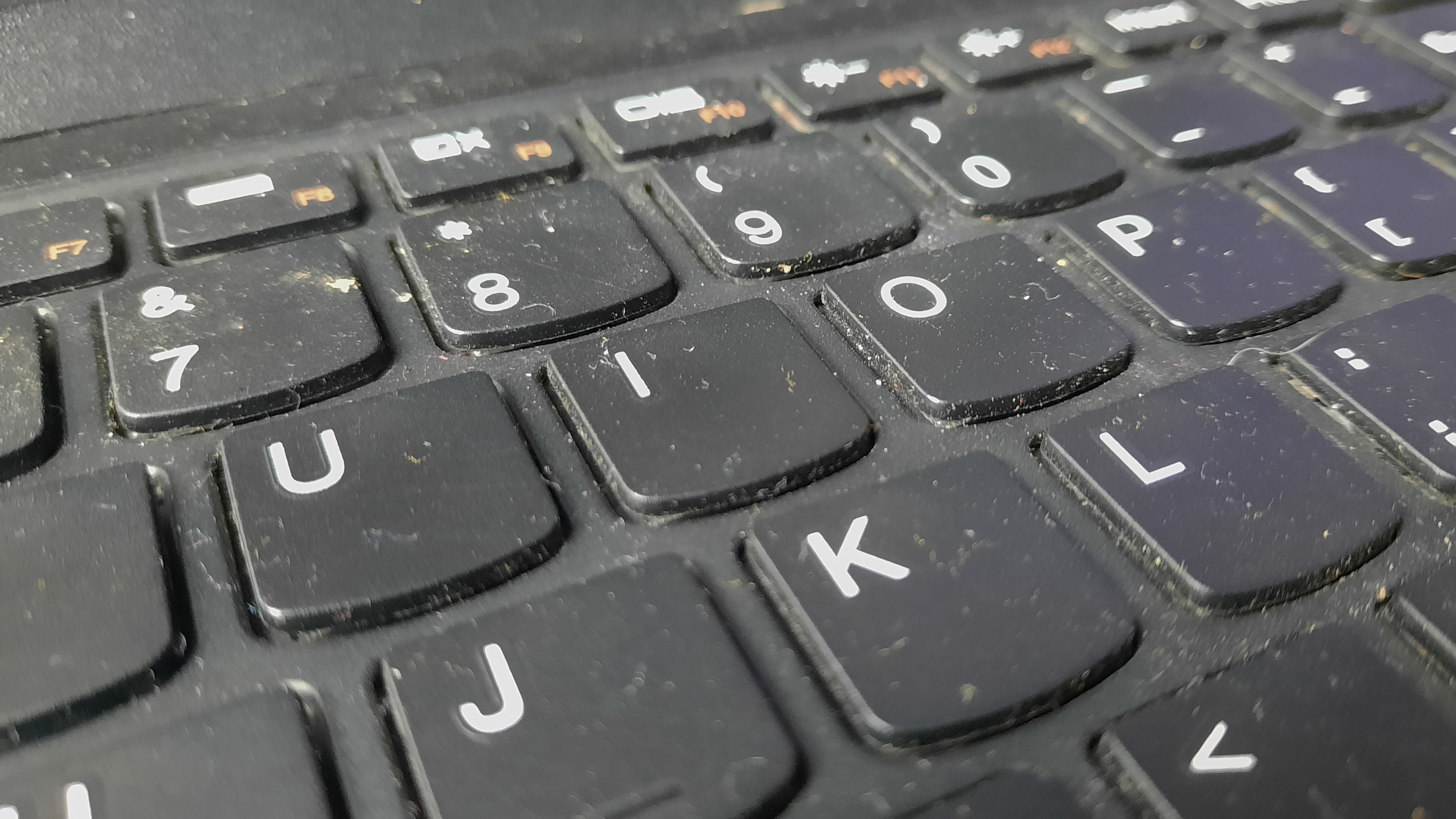
When your Qwerty gets dusty, a small amount of nail polish remover applied to a Q-tip is an effective way to quickly lift crumbs and dust from in between those hard-to-reach spaces. Dilute it first, to reduce the smell for an easier return to work.
Clean sink and bathtub stains
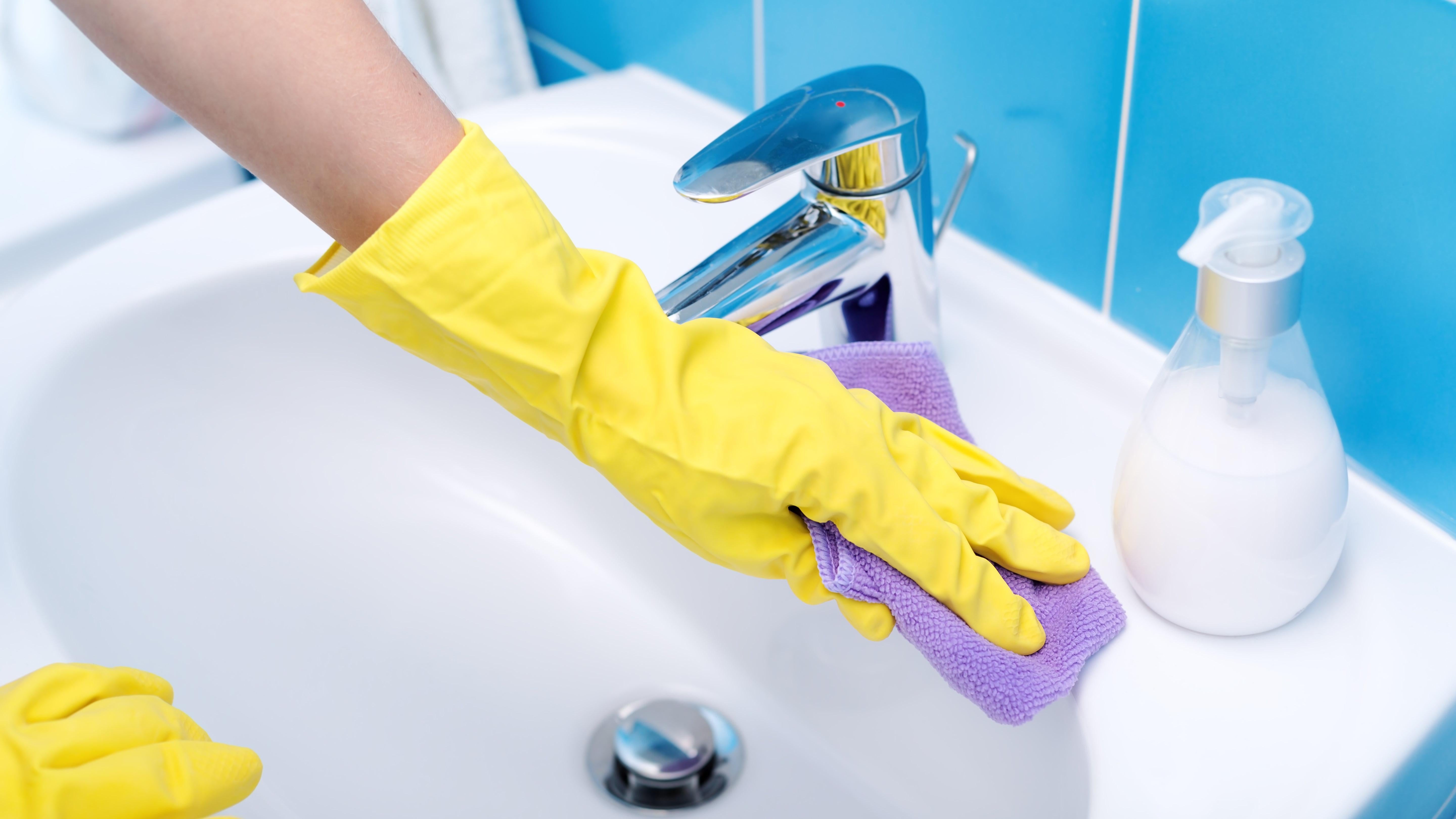
Do you want to dump an entire bottle of nail polish remover in your sink or tub and swish it around? No. But, do you want to dilute it with water, dip a bathroom cleaning brush in the solution, and gently scrub it into soap scum and stubborn rings? Yes, you do. You may have luck lifting them where traditional bathroom cleaners failed.
Remove ink stains
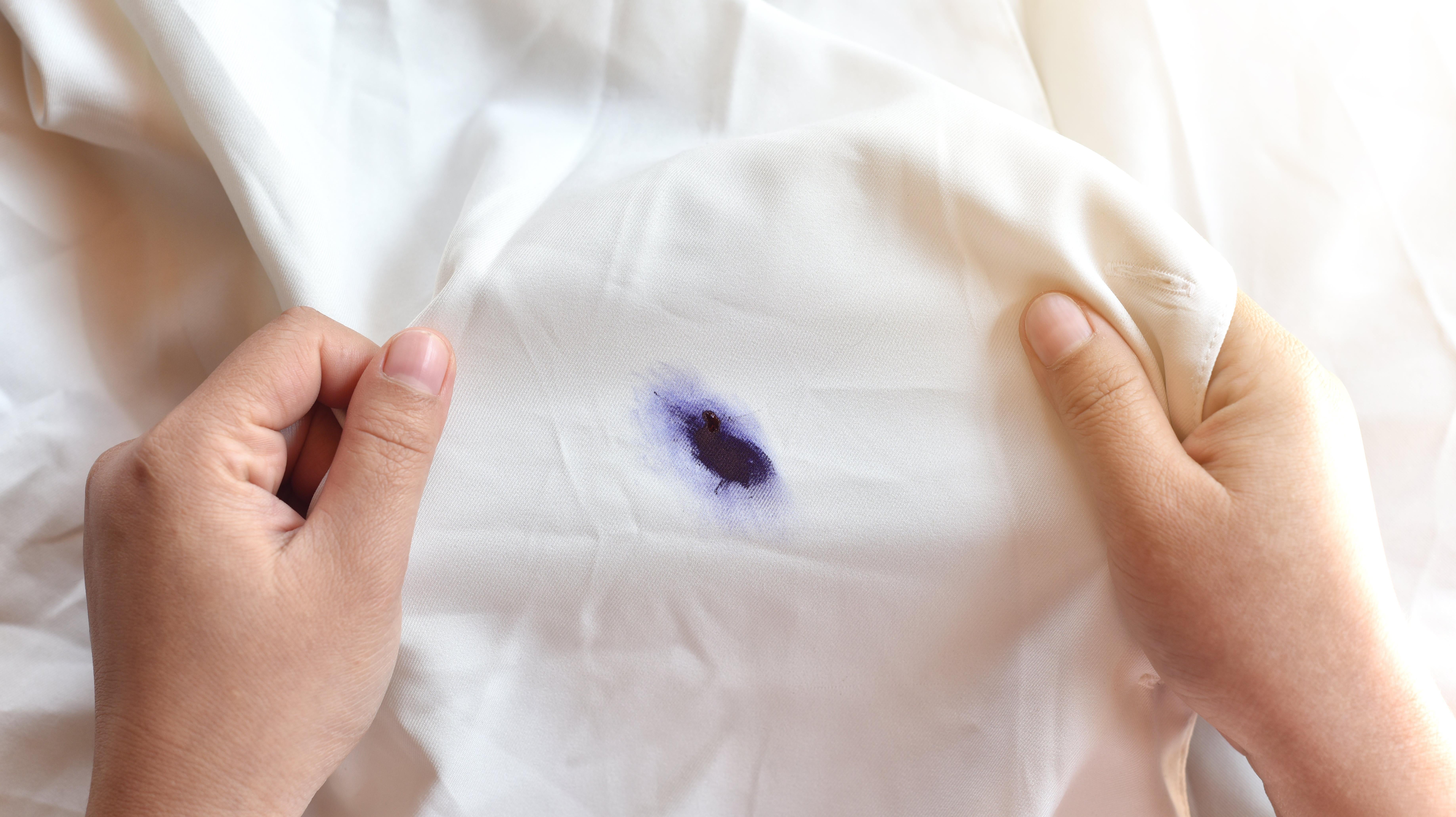
When a pen decides to end its own life in your pocket or drawer, it can leave quite a mess. While drawer cleanup is easy enough (run a paper towel doused nail-polish remover over the surface), stain removal from clothes requires more finesse. As it can have a bleaching effect, first test the remover on a small corner of fabric before proceeding. Bob Vila suggests mixing one part polish remover with two parts water, using a cotton ball or cloth to dab the stain with the solution until it dissolves, followed by laundering as usual.
According to Bob Vila, “While acetone safely can be used to treat most sturdy fabrics, such as cotton, polyester, wool, and most synthetics, it should not be used on acetate, triacetate, modacrylic, or very delicate fabrics such as silk.”
Revive your nail polish
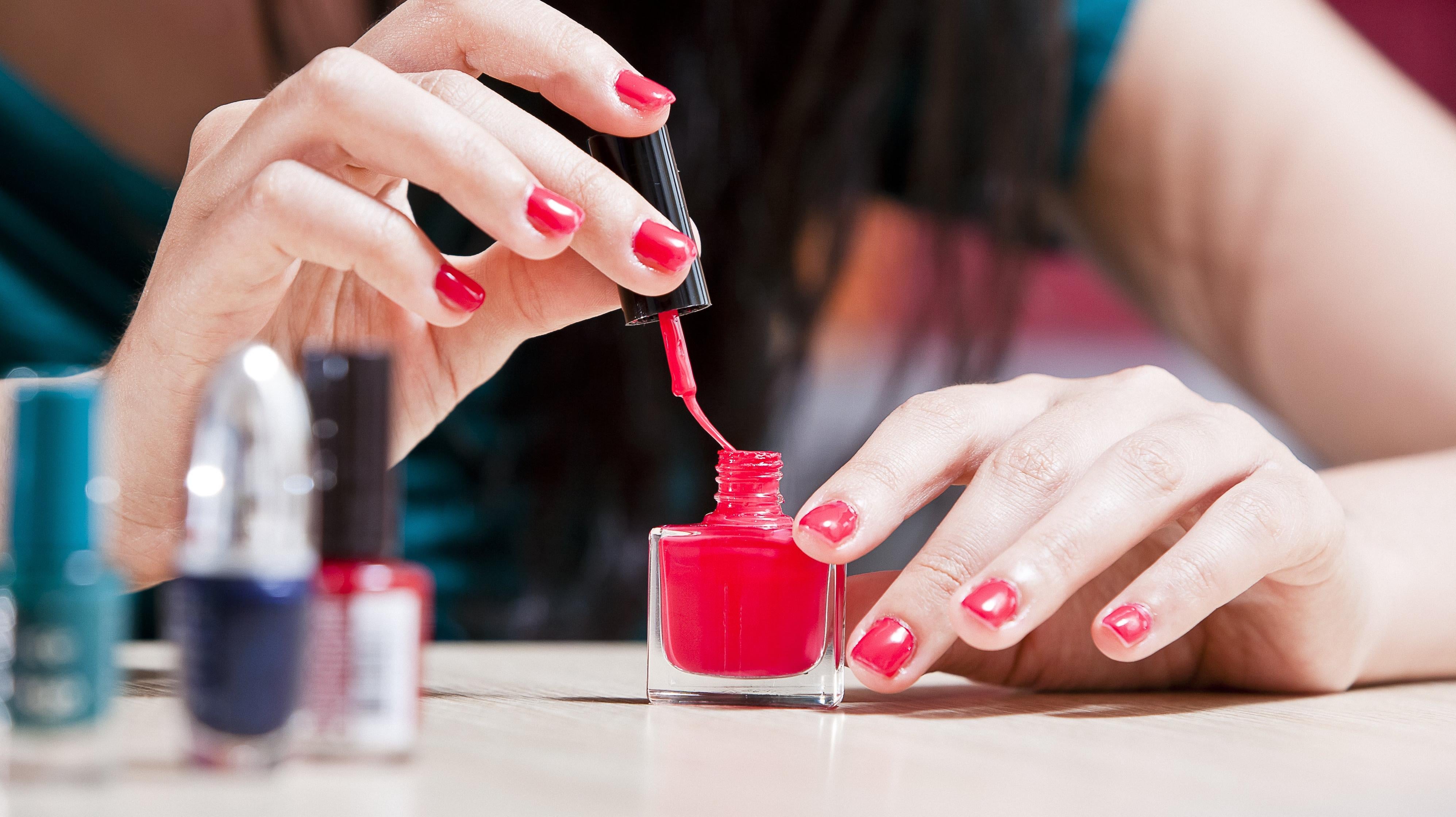
When your favourite bottle of polish gets clumpy or dried out, do as the nail salon professionals do and use a drop of remover to dilute the goop. Because of the way the water in traditional polish remover reacts with the primary ingredient in nail polish (ethyl and butyl acetate), it’s best to use pure acetone when attempting to thin out and renew gloopy polish.
“Just like polish thinners, it’s critical to use only one drop of pure acetone in your bottle of nail polish. Shake well, and if the polish is still too thick, add one more drop,” says celebrity manicurist Shelly Hill.

Leave a Reply
You must be logged in to post a comment.